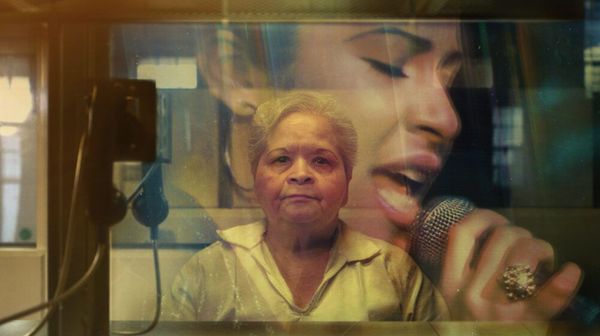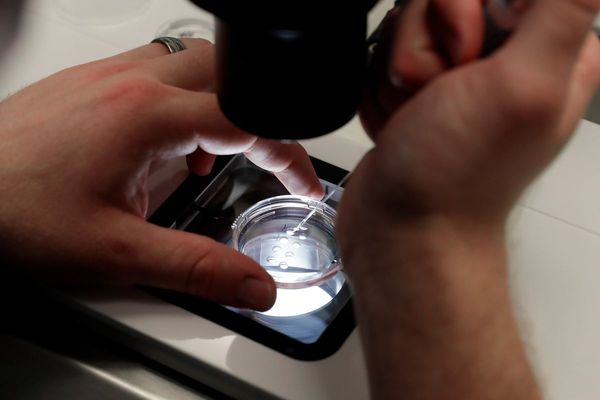
Upsets have always been a defining element of March Madness and this year has been no different. The 2023 tournament had barely tipped off when No 13 seed Furman, the smallest school in the field by enrollment making their first appearance in 43 years, sent fourth-seeded Virginia packing. By the end of opening weekend, half of the four No 1 seeds were already out. But none of this is terribly unusual in an event where fans have come to expect the unexpected.
What is unusual is the teams who are springing the upsets.
Consider that it took more than three decades from when the current format was introduced until a No 16 seed finally beat a No 1. Now it’s happened twice in five years, after Fairleigh Dickinson stunned Purdue on Friday to join UMBC in the record books. Or that No 15s had only won four tournament games in all for more than a quarter-century of the 64-team era, but Princeton’s surprise run to the Sweet 16 makes it 12 wins for teams seeded 15th since 2012 (including Saint Peter’s charmed run to the Elite Eight in 2022).
Is there a reason behind the uptick in these extreme upsets in recent years? Your guess is as good as mine, but it feels like a good time to explore some possibilities.
The NCAA transfer portal was introduced in 2018, along with new rules that allowed student-athletes to transfer schools without having to sit out a year. This has drastically increased the number of transfers, as they have been incentivized with the freedom to play right away. It’s a controversial change that has prompted coaches to recruit transfers as often, or sometimes more often, than they do high-school kids. Adding an experienced player gives teams a chance to get better right away, skipping over the adjustment phase that most high school to college kids need. As coaches like to say: “The best thing about freshmen is that they become sophomores”. Another phrase echoed in the college basketball coaching community is: “Don’t be young”. Experience wins.

Fairleigh Dickinson benefited greatly from the transfer portal as they added new faces to a team who only won four games the previous season. An offensive style common in today’s game is “pace and space”. Many schools are deciding to go smaller, play faster and are always looking to add skill, specifically shooting. This style allows teams to play with an open paint (no post) and rely on scoring from the three-point line or in the lane after dribble penetration or cutting action. FDU, who have the shortest team in Division I this year, use this “5 out” system which forces the opposing bigs to guard on the perimeter. Part of their gameplan against Purdue was to bring their opponents 7ft 4in center, Zach Edey, out of the lane. Not only does he now have to guard smaller, quicker players who can shoot it on the perimeter, but it also negates their rim protection.
The Princeton Tigers upset No 2 Arizona and No 7 Missouri and are heading to the Sweet 16 for the first time since 1967. The Tigers no longer run offense like they did in the days of Pete Carril, opting more for the new style of pace, space, on-ball screens, and big dribble-drive gaps. They still rely on player movement and ball movement but you won’t see the famous Princeton “chin” sets that helped them upset UCLA in 1996. No coach wants to face a group of experienced players who are skilled, smart and connected and that is exactly what Arizona and Missouri ran up against. High-level shotmaking is typically involved in an upset and when a connected team sees the ball go in, anything can happen. Did the selection committee get it wrong with Princeton who survived the opening weekend, or are they just hot at the right time?
Upsets are one of the most exciting aspects of March Madness because they bring an element of unpredictability to the tournament. The effect of the transfer portal, where it’s redistributing talent while the biggest powers continue to rely on one-and-done players, plus the increased focus on space and shooting in today’s game has changed the tournament. Those changes have tilted the odds in the underdogs’ favor. The days when a No 1 or No 2 seed were automatically penciled in to the round of 32 are long gone, making the opening weekend of March Madness more compelling than ever.







